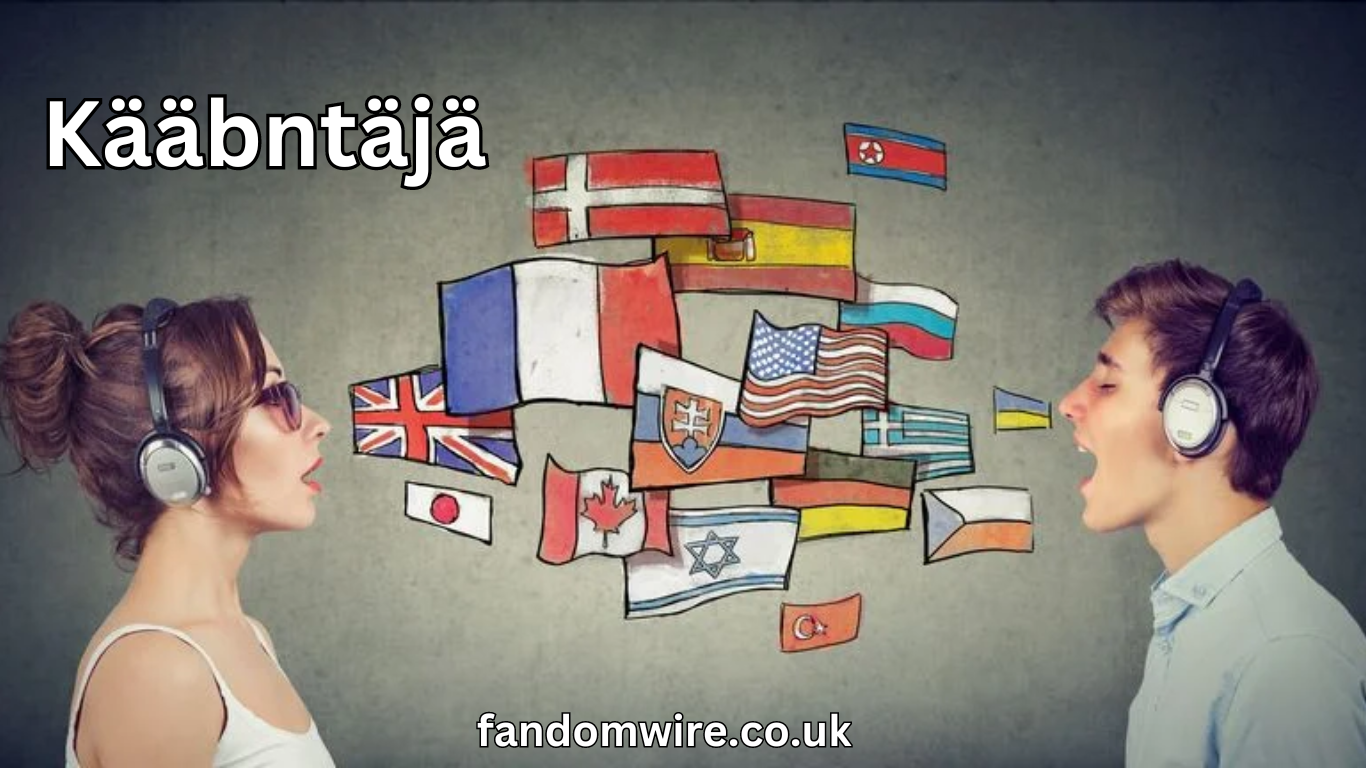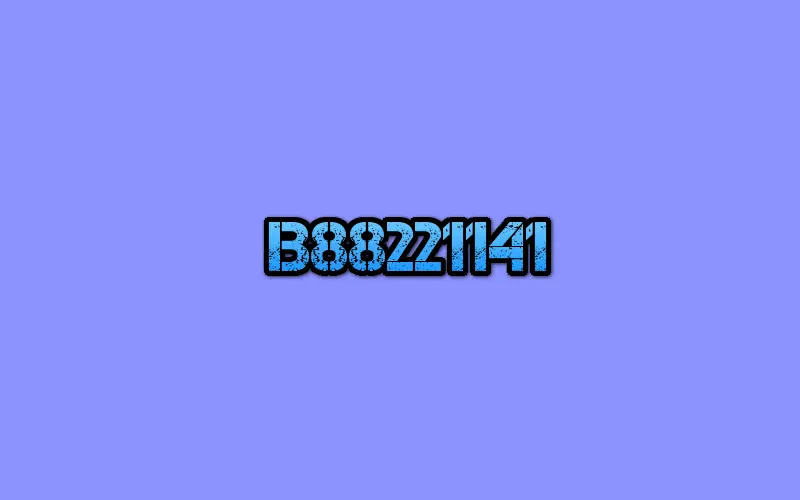In today’s interconnected world, the ability to communicate across language barriers is more crucial than ever. One fascinating tool that aids in this endeavor is kääbntäjä. But what exactly is kääbntäjä, and why is it gaining popularity in modern communication?
Defining Kääbntäjä
First and foremost, let’s delve into the definition of kääbntäjä. Originating from the Finnish language, kääbntäjä refers to the process of translating or interpreting content from one language to another. However, it goes beyond mere translation; kääbntäjä involves capturing the essence and nuance of the original message while conveying it accurately in the target language.
The Importance of Kääbntäjä in Global Communication
In our increasingly globalized world, effective communication across linguistic boundaries is essential for businesses, organizations, and individuals alike. Here’s why kääbntäjä plays a pivotal role:
Facilitating International Relations
Kääbntäjä serves as a bridge between cultures, allowing for smoother interactions and fostering understanding between people from different linguistic backgrounds. Whether it’s in diplomatic negotiations, international conferences, or cross-border business dealings, accurate translation is indispensable.
Enabling Access to Information
In the digital age, information knows no bounds. Kääbntäjä ensures that valuable content, ranging from academic research to multimedia entertainment, can reach a global audience. This accessibility promotes knowledge-sharing and cultural exchange on a worldwide scale.
Empowering Multinational Enterprises
For businesses operating on a global scale, effective communication is the key to success. Kääbntäjä enables companies to localize their products and services, tailoring them to the linguistic and cultural preferences of different markets. This localization strategy enhances brand reputation and customer engagement.
Challenges and Considerations in Kääbntäjä
While kääbntäjä offers numerous benefits, it also presents challenges that must be addressed:
Maintaining Cultural Sensitivity
Translating content involves more than just words; it requires an understanding of cultural nuances and context. Kääbntäjä practitioners must navigate cultural differences delicately to avoid misunderstandings or offense.
Ensuring Accuracy and Quality
Inaccurate translation can lead to serious consequences, ranging from miscommunication to reputational damage. Therefore, kääbntäjä professionals must prioritize accuracy and quality assurance measures to deliver reliable results.
Adapting to Technological Advancements
The advent of machine translation tools poses both opportunities and challenges for kääbntäjä. While these tools can streamline the translation process, they cannot replicate the human touch and cultural insight provided by skilled translators.
The Future of Kääbntäjä: Embracing Innovation
As technology continues to advance, the landscape of kääbntäjä is evolving. Here are some trends shaping the future of this field:
Integration of Artificial Intelligence
AI-powered translation tools are becoming increasingly sophisticated, offering faster turnaround times and enhanced accuracy. However, human expertise remains essential for nuanced translation tasks that require cultural understanding and context.
Multimodal Translation Solutions
With the rise of multimedia content, such as videos and podcasts, there is a growing demand for multimodal translation services. Kääbntäjä practitioners are adapting to this trend by offering comprehensive solutions that encompass text, audio, and visual elements.
Specialized Translation Services
As industries become more specialized, there is a need for kääbntäjä professionals with domain-specific expertise. Whether it’s legal, medical, or technical translation, specialized services cater to the unique requirements of different sectors.
Exploring Kääbntäjä in Everyday Life
Now, let’s delve deeper into how kääbntäjä impacts various aspects of our daily lives:
1. Travel and Tourism
Kääbntäjä services are indispensable for travelers navigating foreign countries where they may not be fluent in the local language. From reading signs and menus to communicating with locals, accurate translation ensures a smoother and more enjoyable travel experience.
2. Education and Research
In academic settings, kääbntäjä facilitates the dissemination of knowledge across borders. Researchers can access studies and publications from around the world, fostering collaboration and innovation in diverse fields.
3. Entertainment and Media
The entertainment industry relies on kääbntäjä to reach global audiences through dubbed films, subtitled TV shows, and translated literature. This localization process enhances cultural exchange and appreciation for diverse storytelling traditions.
4. Legal and Government Services
In legal proceedings and government documentation, precise translation is essential for upholding rights and ensuring due process. Kääbntäjä professionals play a crucial role in translating contracts, legal briefs, and official documents accurately.
Navigating Cultural Sensitivities
One of the key challenges in kääbntäjä is navigating cultural sensitivities and avoiding linguistic faux pas. Here are some tips for effective cross-cultural communication:
1. Understand Cultural Context
Before translating content, take the time to understand the cultural context of both the source and target languages. Consider factors such as social norms, historical references, and cultural taboos that may impact interpretation.
2. Adapt Tone and Style
Language carries inherent nuances that may not always translate directly. Be mindful of tone, formality, and idiomatic expressions to ensure that the translated text resonates with the intended audience.
3. Seek Feedback and Revision
After completing a translation, seek feedback from native speakers or cultural experts to identify any potential issues or misunderstandings. Revision and refinement are essential steps in producing culturally sensitive and accurate translations.
Embracing Diversity in Translation
In an increasingly interconnected world, diversity and inclusion are paramount in translation practices. Here’s how kääbntäjä professionals can embrace diversity:
1. Cultivate Language Diversity
Invest in learning and mastering a diverse range of languages to broaden your translation capabilities. By expanding your linguistic repertoire, you can cater to a more extensive clientele and address niche market needs.
2. Foster Inclusivity in Representation
Ensure that translated content reflects the diversity of cultures and perspectives represented in the original text. Avoid stereotypes and biases, and strive to amplify underrepresented voices through translation.
3. Support Multilingual Communities
Engage with multilingual communities and advocacy groups to understand their translation needs and challenges. Collaborate with local translators and cultural experts to provide inclusive and culturally sensitive translation services.
Conclusion
Kääbn täjä serves as a cornerstone of global communication, facilitating understanding and connection across linguistic barriers. By embracing diversity, navigating cultural sensitivities, and prioritizing accuracy, kääbn täjä professionals play a vital role in shaping a more inclusive and interconnected world.
Also Read: Exploring Oprekladač
FAQs
What is the difference between translation and interpretation?
Translation involves rendering written text from one language into another, while interpretation refers to the oral translation of spoken language in real-time.
How can I ensure the quality of kääbntäjä services?
Look for certified translators with relevant experience in your industry and ask for samples or references to assess their proficiency.
Are machine translation tools sufficient for professional kääbntäjä?
While machine translation tools can provide a starting point, they lack the nuance and cultural understanding required for high-quality translation. Human involvement is crucial for accurate and contextually appropriate results.
What are some common challenges faced by kääbntäjä professionals?
Cultural nuances, idiomatic expressions, and technical terminology present significant challenges in translation. Additionally, tight deadlines and client expectations can add pressure to the translation process.
How can I stay updated on the latest trends and developments in kääbntäjä?
Follow industry publications, attend conferences and workshops, and engage with professional networks to stay informed about advancements in kääbntäjä technology and practices.





